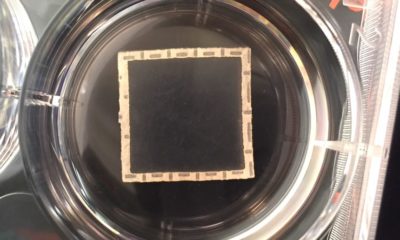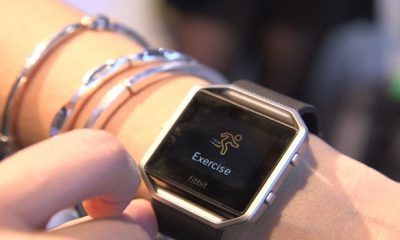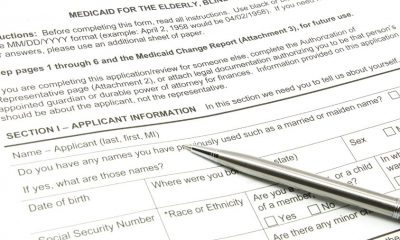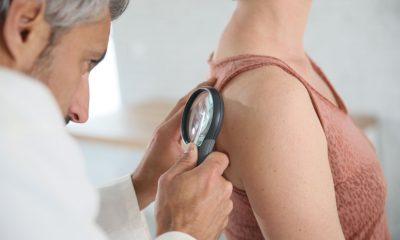Regulators in the United States are taking a closer look at the effect of radio frequencies (RF) humans are exposed to from use of cellular phones and wireless devices. In a recent statement from the Federal Communications Commission (FCC), it stated that it is consulting with relevant agencies as well as health experts with regard to the need of updating standards on cell phone usage with respect to exposure to the electromagnetic waves emitted.
There have been concerns on the risk associated with mobile phone radiation especially with the exponential increase in cell phone subscriptions. In late 2011, there were six billion documented cell phone subscriptions around the world and by now the number has definitely increased, given the increased affordability and usability of smart phones. The Commission is particularly concerned on the health effects of radio frequencies emitted by modern cellular phones on children.
Review of standards
The standards were last reviewed and modified 17 years ago in 1996. At that time, the use of cell phones and mobile devices were not as widespread as they are now. Officials of the Commission are quick to point out that current standards are not necessarily inadequate and only a routine review will be conducted. The FCC declared years ago when the standards were last updated that cellular phones were safe and were not dangerous to use at all.
Mobile phone radiation
The radio frequency emitted by cellular phones is a non-ionizing form of electromagnetic radiation in the microwave range. The energy varies with respect to a number of factors: the technology utilized to make the phone, the extent of use of the user, the distance of the user from the towers, and the distance between the user and the cellular phone antenna. This radiation is absorbed by body tissues. The greatest absorption is greatest at the point of contact with the device.
According to the World Health Organization (WHO) mobile phone use still has no established association or link with specific adverse effects on human health. However, many health advisory bodies recommend a “precautionary approach” to mobile phone use.
The link with cancer and other illnesses
The question on whether or not radio frequencies are safe emerged years ago. It is rather common knowledge that DNA and body tissues are prone to damage with exposure to RFs in large amounts. Though widely publicized, there is no definitive study linking cancer on the structures of the head and neck with increased frequency and duration of cell phone usage. Still the International Agency for Research on Cancer labeled cellular phone radiation as “possibly carcinogenic.”
Cancer is not the only disease attributed to radio frequencies not just in cell phones but in other devices that emit them. Development of brain tumor is one of the biggest concerns, but there are also claims that serious neurological problems could arise, including the degenerative brain disease known as multiple sclerosis. Other ailments tied to RF exposure are headaches, depression, and sleep disorders.
More studies needed
Much of the concern have emerged from the lack of surety and the scarcity of data proving that cell phone use do not indeed pose any health hazards. Despite the go-ahead given to cell phone users, the FCC also released a statement saying that there is a need for more research studies to determine what the effects of RFs from cell phones really amount to.















Facebook
Twitter
Pinterest
Google+
LinkedIn
Email